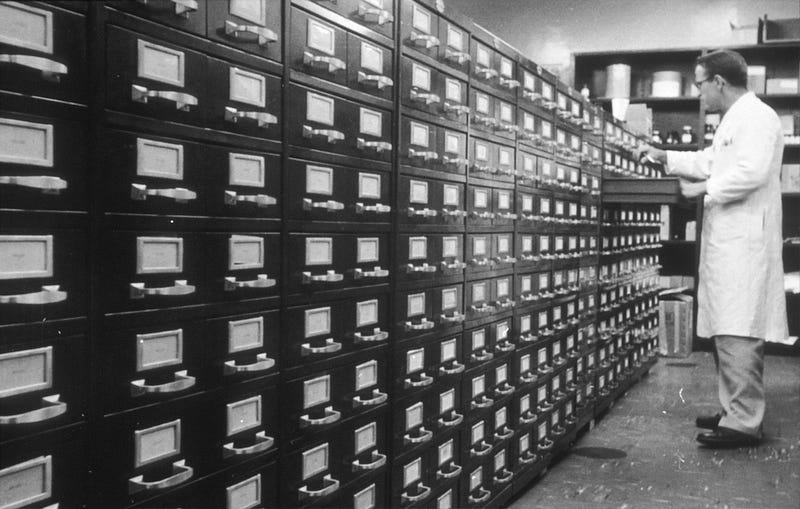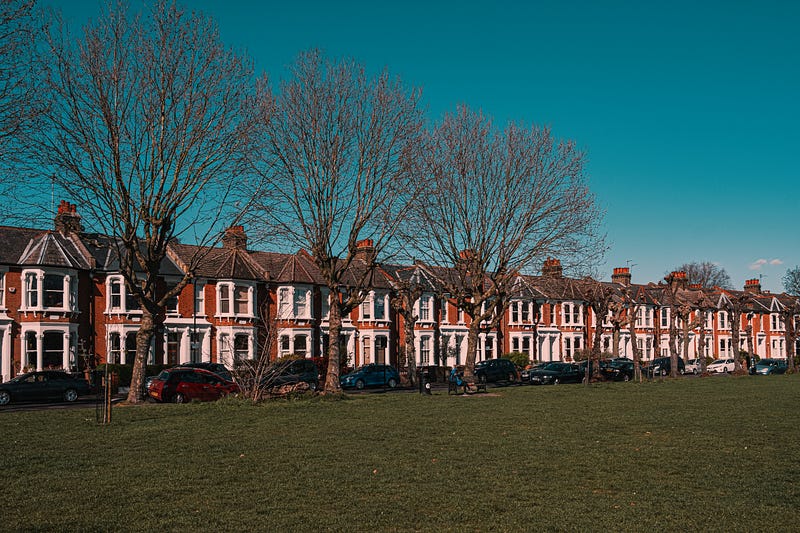A Discussion of Bourgeois Equality Chapter 16 “Most Governmental Institutions Make Us Poorer”
Calling all libertarians! I think this chapter is for you.
This chapter wraps up Part 2. Chapters 10 and 11 showed the Left’s explanations for the Great Enrichment were wrong, but Chapter 12 and 13 did the same to the Right. Chapters 14 and 15 continued demonstrating the flaws in attributing growth to “good institutions,” the idea first discussed in Chapter 13.
Now, she makes one more point about why good institutions cannot be our solution by focusing on the likely failure of most countries’ governmental institutions.
Is Government the Solution or the Problem?
The main idea McCloskey is positing: relying on government to fix things is only potentially a good idea if you can rely on government to not be corrupt.
She uses the Corruption Perceptions Index produced by Transparency International as a measurement of the honesty of government. She is using the data from the 2013 report so I will stick with that here. While there is typically some movement each year a few notches up or down for a country, there is seldom large changes in the rankings of the 177 countries.
The index ranges from 0 to 100 with 100 being not corrupt at all. New Zealand and Denmark tied for first place at 91. The lowest was also a tie with North Korea, Afghanistan and Somalia scoring an 8. (p. 140)
McCloskey first asserts, as a low bar, that perhaps the countries that score 60 or higher could be expected to responsibly use the revenues from taxes. This turns out to be the Top 40.
Just looking at these 40 countries with trustworthy governments, they only encompass 14% of the global population.
That is, 86% of the world’s seven billion subjects live under plainly corrupt governments…Most governments in the world are corrupt. I am not saying “all,” or, “in every single aspect,” merely “most,” enough to break the heart of an earnest social democrat who thinks that the way forward is to give more money and guns and regulatory power to the existing holders of the monopoly of violence. (p. 141)
I find this an interesting point. When a criticism is found about the economy, the most common fix suggested is to get the government “to do something” about it. But that could only be a good idea if the government can be trusted.
Or, as McCloskey sums it up, “it supposes that every government is like Denmark’s, New Zealand’s, or Finland’s (which together govern 2% of the world’s population), when most are instead like Russia’s, China’s, or India’s (39%).” (p. 141)
Why Foreign Aid Fails
When relatively well off people with a conscience are confronted with poverty, the instinct is to want to help and the method of helping is often giving money. Certainly the intentions are good, but is the method?
There is some obvious relief from any help given, but McCloskey is asking us to consider the unseen effects that occur. Are there businesses that cannot compete with free charity? Are the governments then able to continue their corruption and let someone else take care of the people?
More broadly, she addresses the issue of foreign aid, when money is given to the government to help the people. Since these governments are often corrupt, the pool of money becomes a “pot of gold” that attracts unsavory people into the government to extract it for themselves.
She instead advocates an idea from Cormac O Grada to create a system for the people from such poor countries to be able to immigrate to some rich countries. They will then sent remittances back home to their families. This gets the money into the hands of the people, bypassing a corrupt government. (p. 142)
Conclusion
As she has said throughout her book, the dramatic increase in wealth some countries have experienced in the past couple hundred years comes from the trade-tested betterment system coupled with dignity and liberty for the common man, the bourgeois.
The outcome from that system has created exponential economic growth contrasted with,
…the actual record of populism, fascism, socialism, and thick regulation bettering a few favored groups of the poor, every Party official, and most of the owners of the bigger enterprises able to corrupt the government, all at the expense of the rest. (p. 145)
The “startlingly larger pie” created by the trade-tested betterment system increases the amount of wealth of all, even those with the smaller pieces. (p. 145) Essentially it is better to have 0.05% of $100 than the same percentage of $1.
I do like that in this chapter she asserts a reality that so many capitalist critics ignore or deny — government cannot be assumed to be trustworthy with our resources.
But at the same time, while I do believe the free market can result in the optimal outcome for more when it is allowed to function, what McCloskey is calling her trade tested betterment system, I think this point needs a dose of reality, too.
Just like government can be corrupted and not act in our best interests, business, too, can be corrupted to operate in its best interests, at the expense of society’s interests, if it is not being held in check by vigorous competition.
Our current system has become increasingly monopolized over the past 4 decades with market power being in fewer and fewer hands. Decision-making inside these large firms is likewise shielded from competitive forces. This is not the system Adam Smith was talking about that would allow the Invisible Hand to operate well.
Both sides need to be more truthful about the good and bad of the current reality while also acknowledging the good and bad of their proposed solutions.
Reference: McCloskey, Deirdre Nansen, 2016. “Most Governmental Institutions Make Us Poorer,” Chapter 16 of Bourgeois Equality, The University of Chicago Press.




